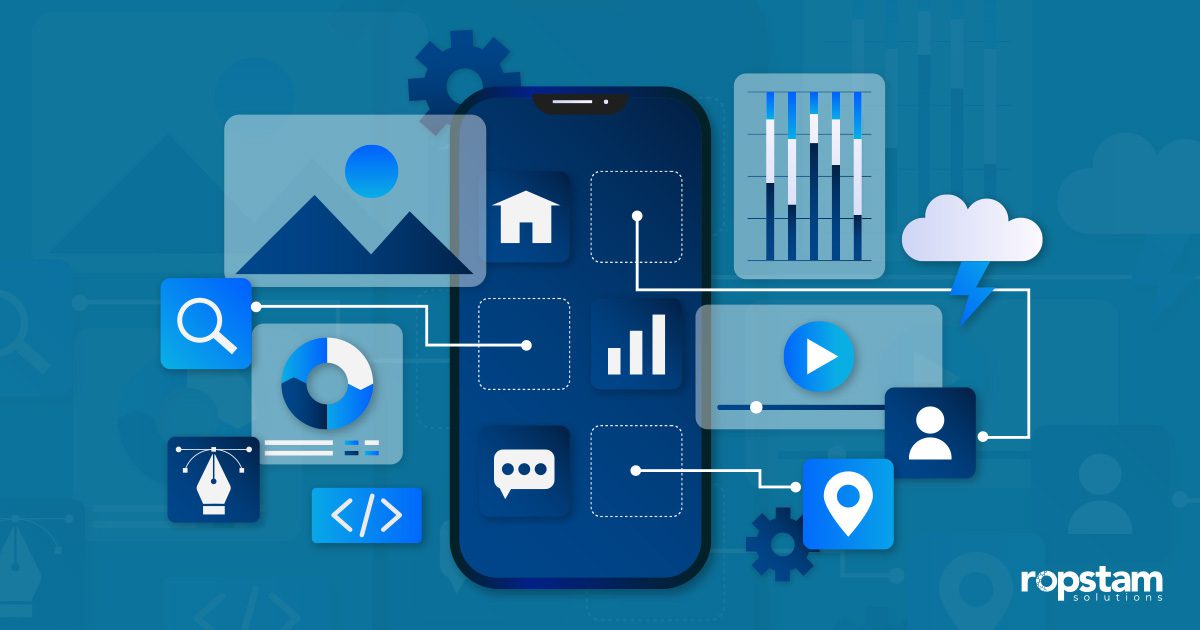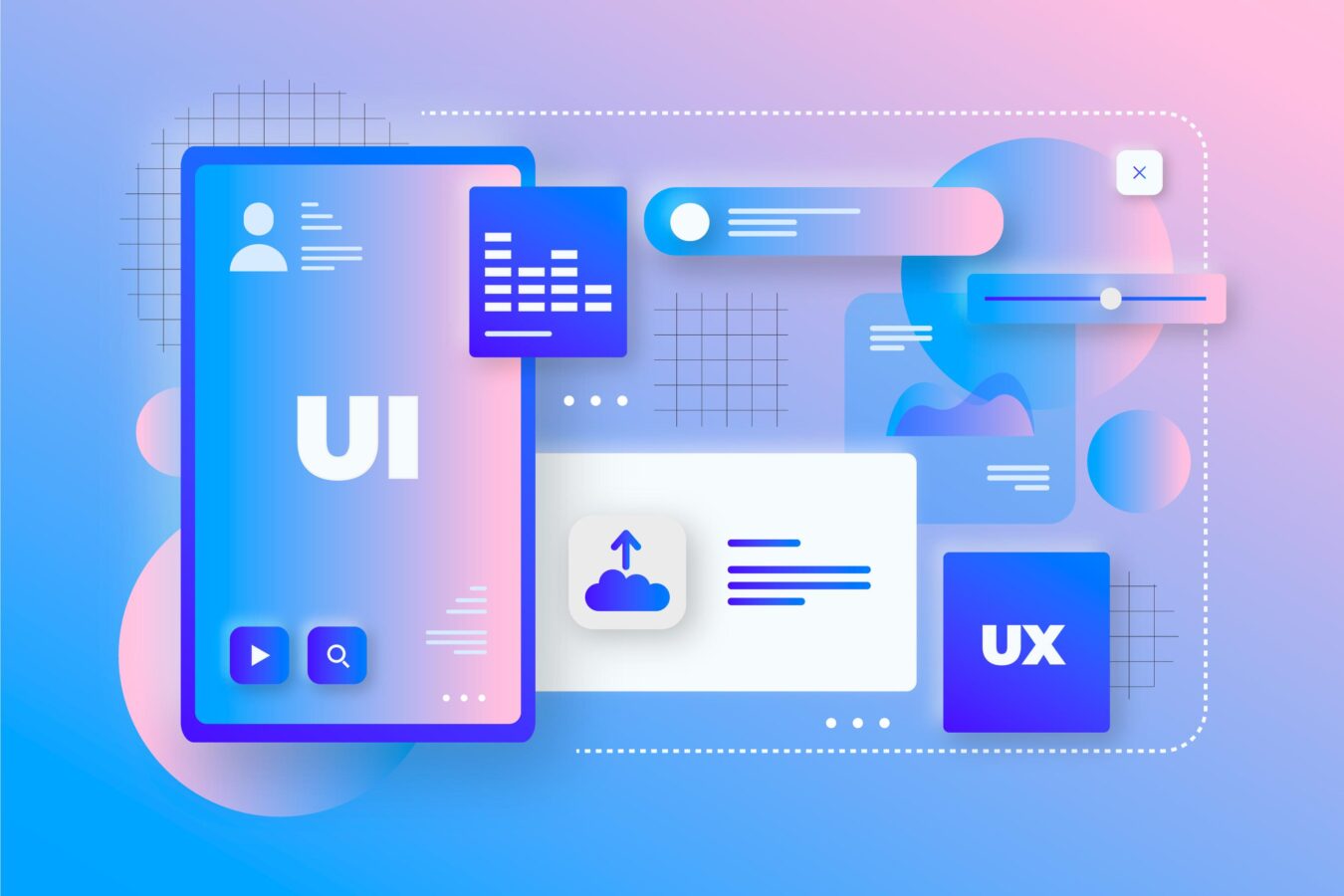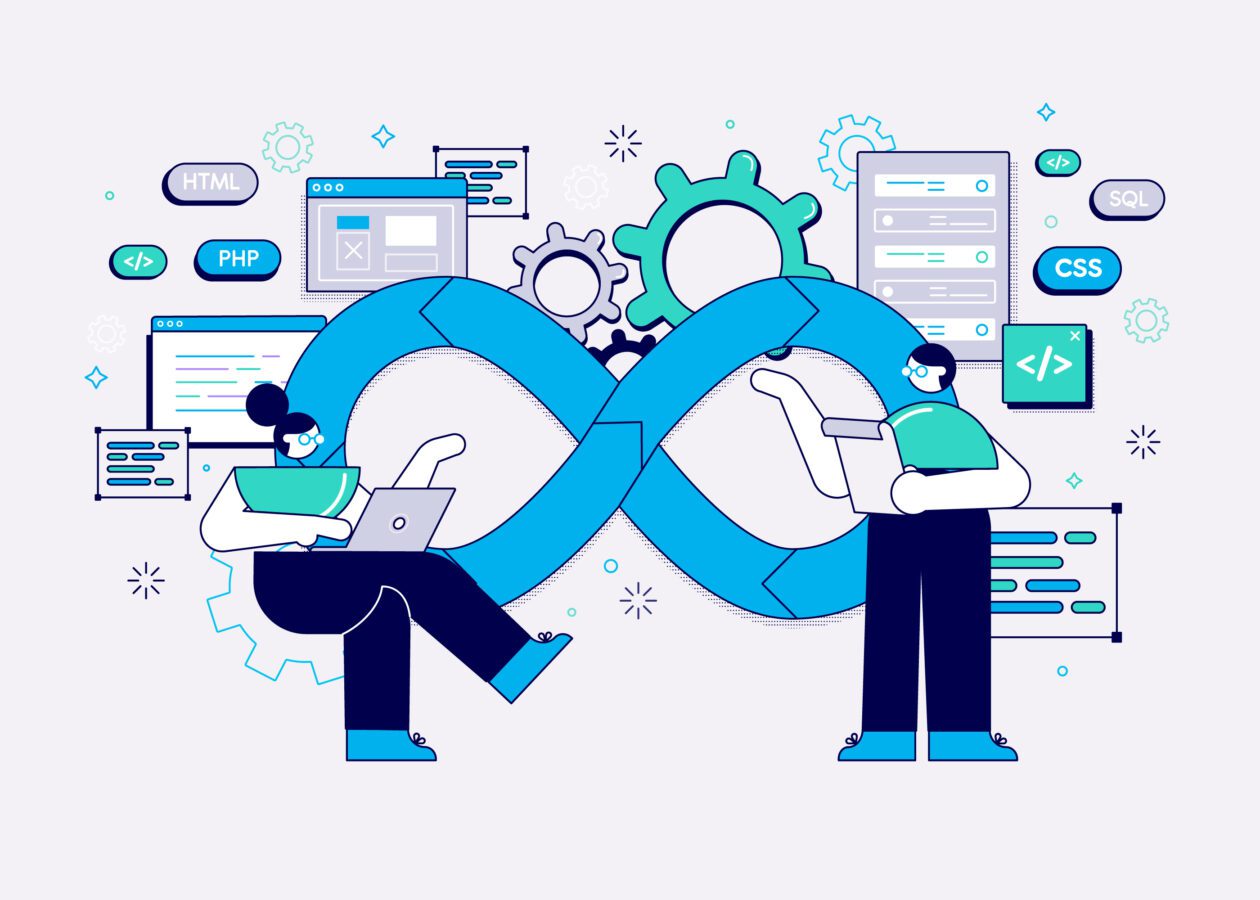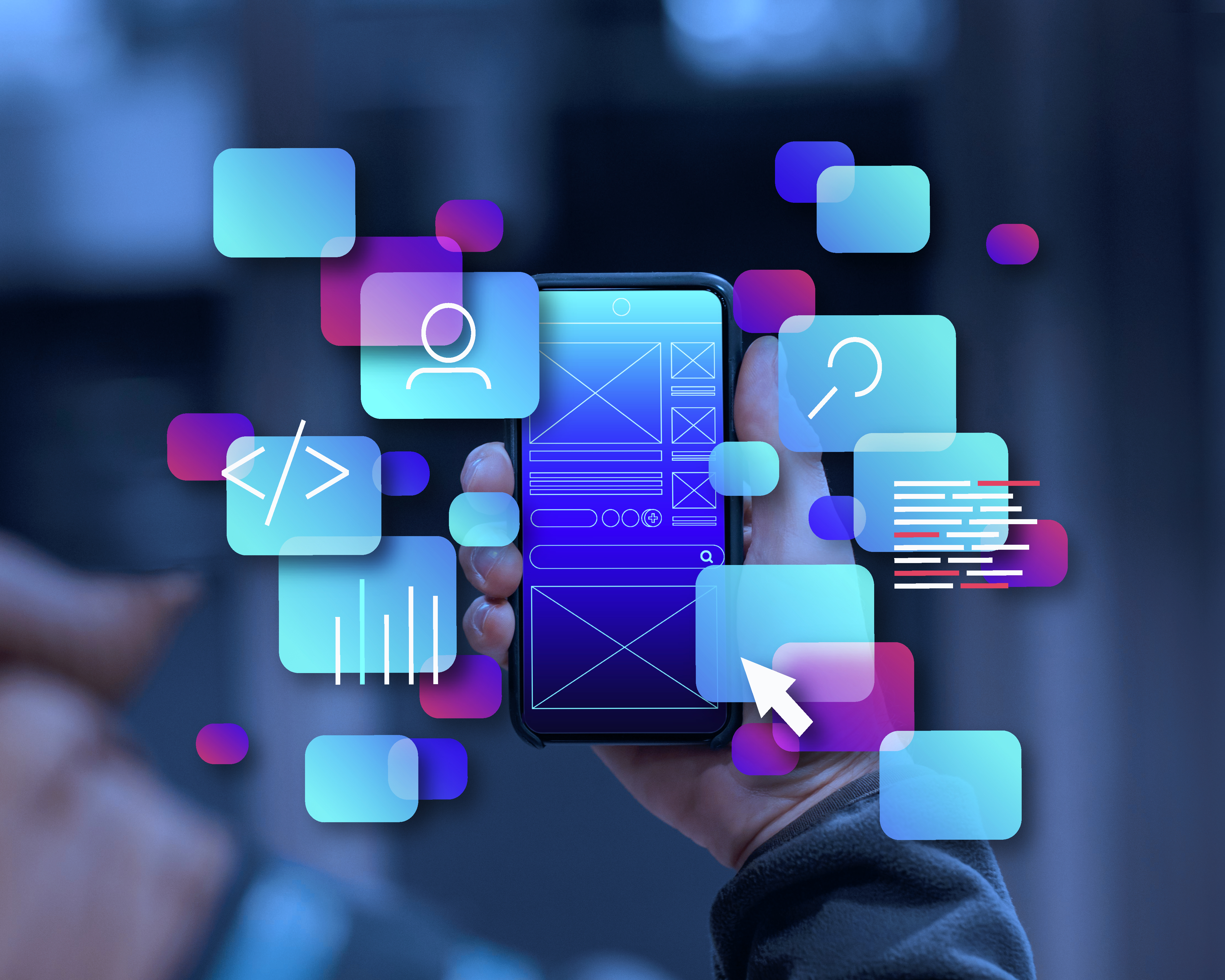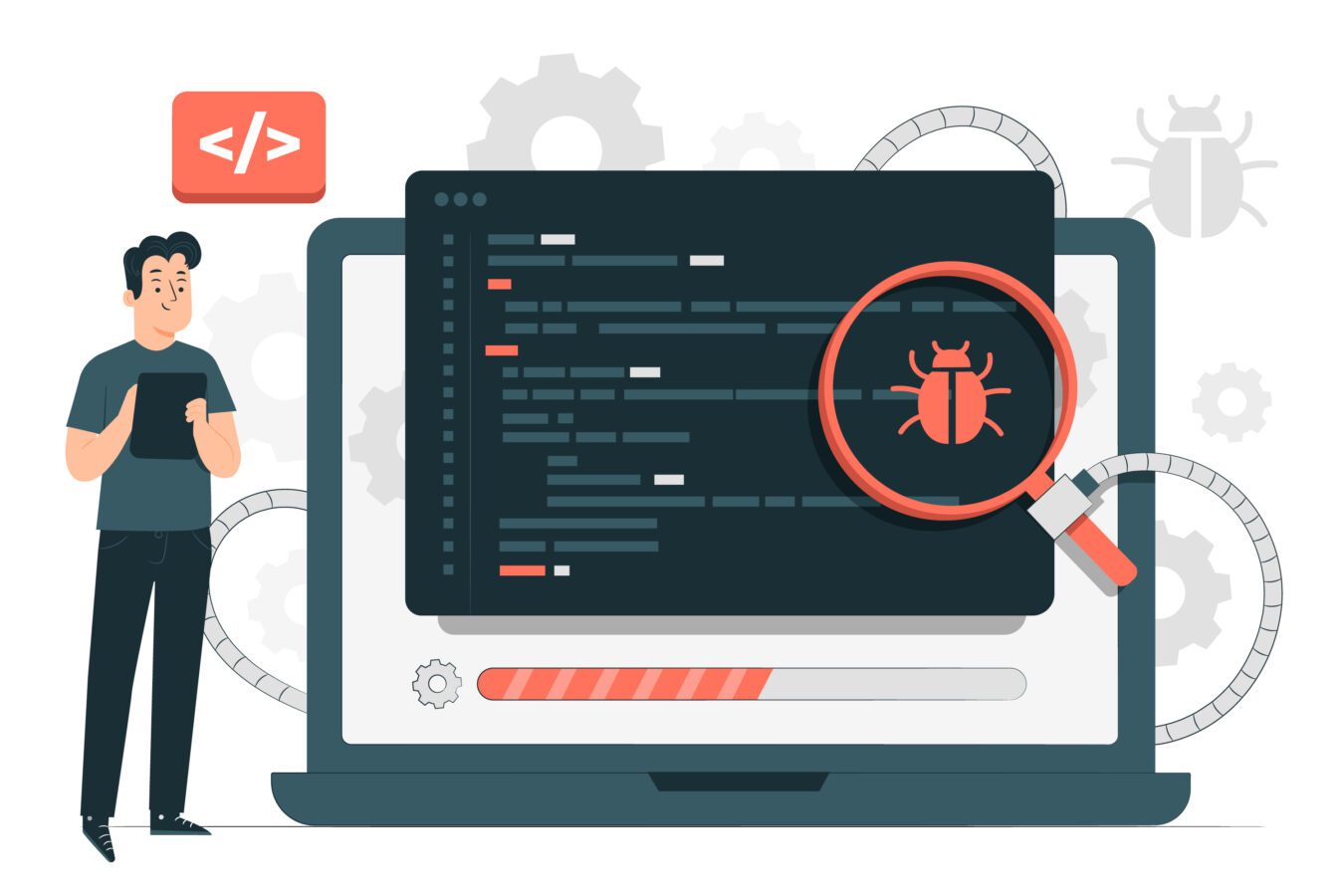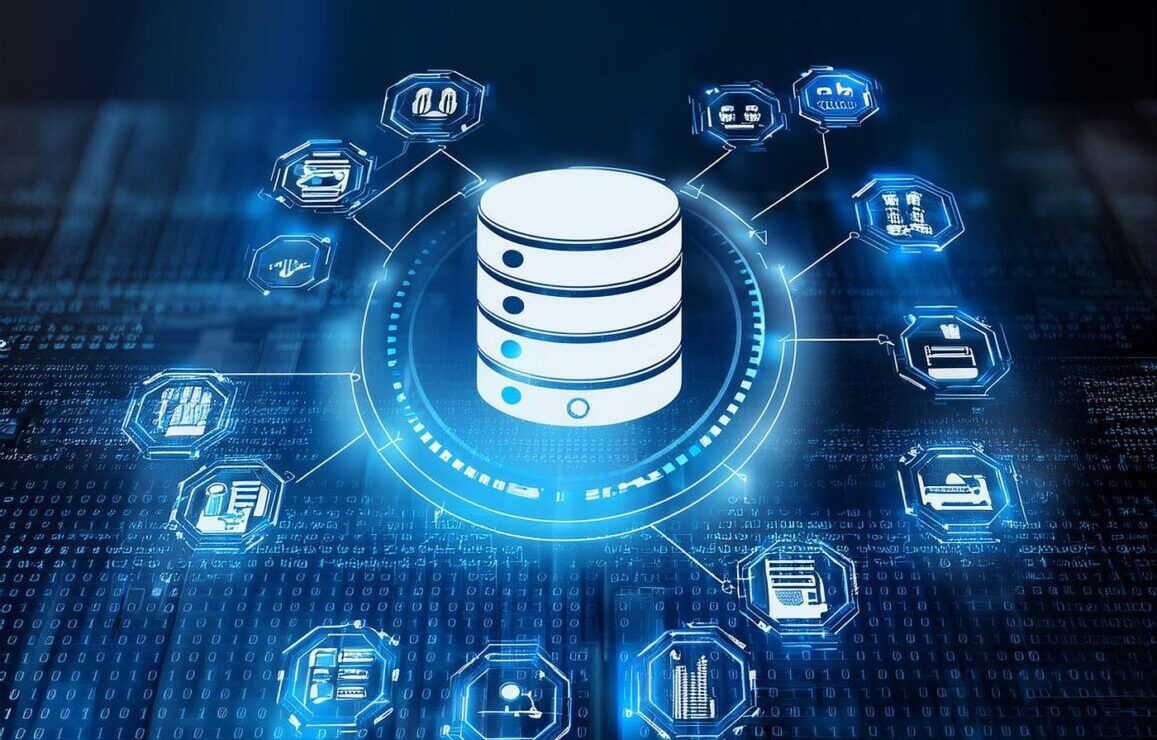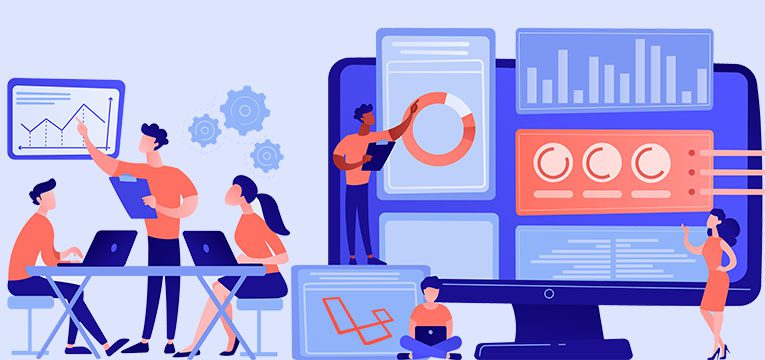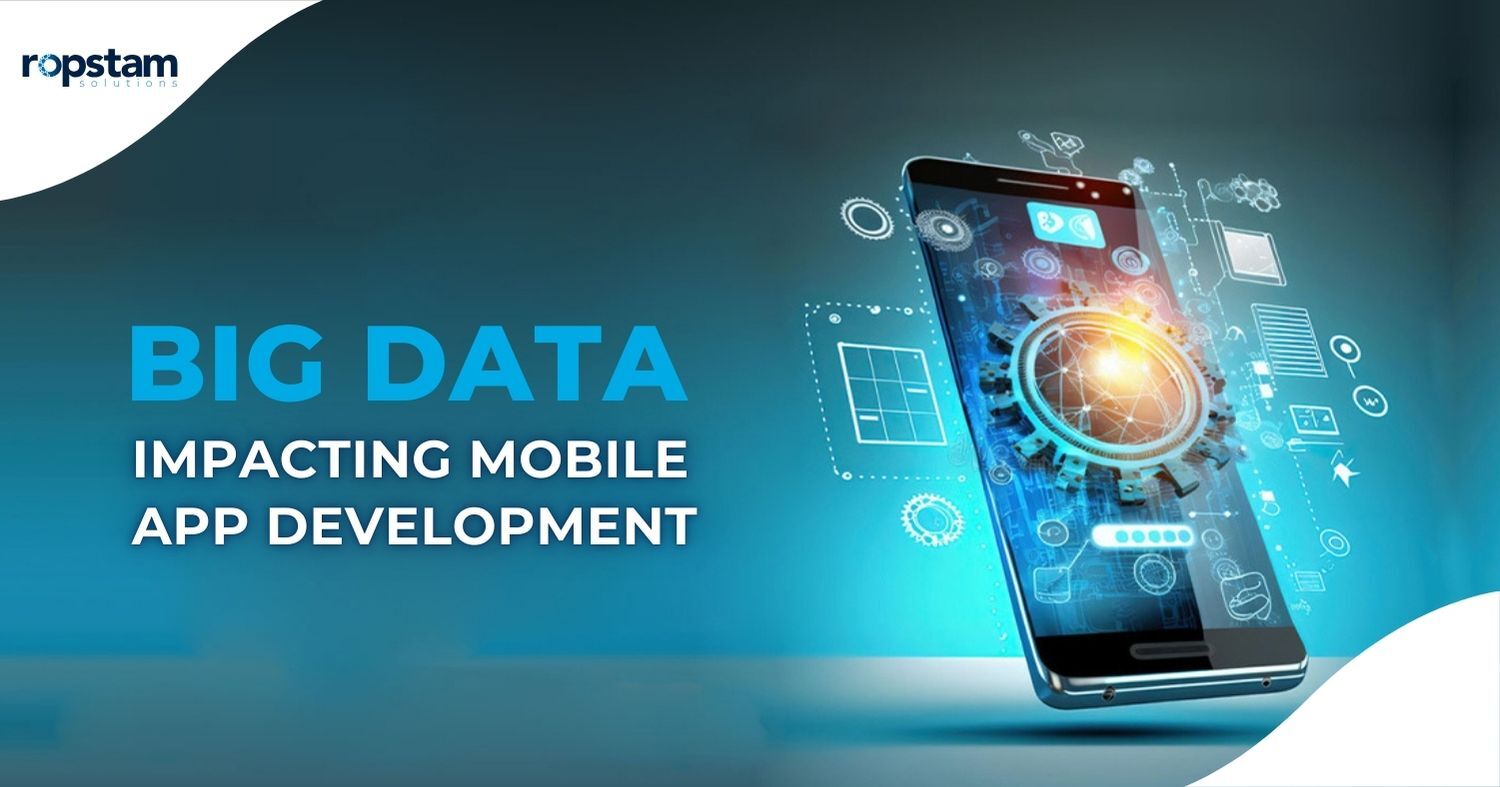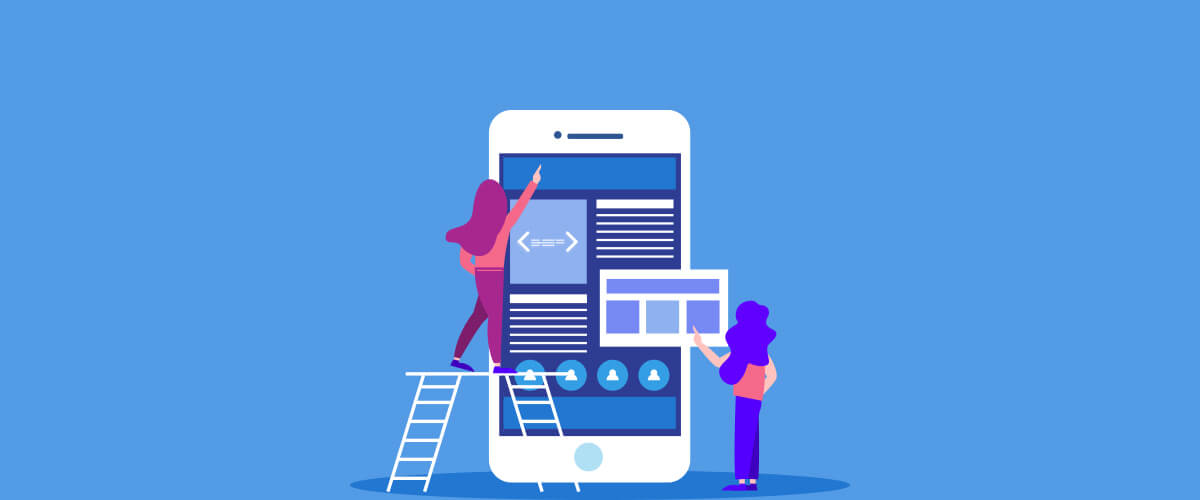In the ever-evolving digital landscape, understanding application modernization trends is crucial to keeping in touch with customer demands. As technology evolves at a neck-breaking pace, businesses must tailor their digital applications according to the latest trends.
A recent survey revealed that almost 32% of employees leave their companies because of non-aligned development practices. This figure underlines the need to adopt the latest app modernization trends and understand their importance in the software development lifecycle.
What is Application Modernization?
In simple words, application modernization is the comprehensive process of updating old software applications to synchronize them with the latest modernization trends. In today’s era of digital dominance, technology advances at a rapid pace. Consequently, many businesses find themselves in a precarious situation of dealing with legacy applications that are restrictive in nature.
Legacy applications hamper creativity and efficiency. With the adaptation of application modernization trends, businesses can transform their applications, leveraging the latest technologies. App modernization services can also result in increased scalability, improved security measures, and enhanced user experience.
Types of Application Modernization
- Rehosting: This involves moving applications from outdated hardware or platforms to modern ones, such as migrating from on-premises servers to cloud-based environments. It typically requires minimal code changes, focusing on ensuring compatibility with the new infrastructure.
- Re-platforming: Re-platforming entails migrating applications to a different platform or environment, often to take advantage of improved performance, scalability, or cost savings. While the core architecture remains largely unchanged, some modifications may be made to optimize the application for the new platform.
- Refactoring: In refactoring, the application’s codebase is restructured to enhance its quality, maintainability, and performance. This process involves making code improvements without altering the application’s external behavior, focusing on cleaning up technical debt and improving overall efficiency.
- Rearchitecting: This category involves redesigning an application’s architecture to align with modern paradigms like microservices, containerization, or serverless computing. This can lead to improved scalability, flexibility, and easier maintenance in the long run.
- Containerization: Containerization relies on packaging an application and its dependencies into isolated containers, which ensures consistent performance across various environments. Technologies like Docker enable easier deployment, scaling, and management of applications.
- Serverless Transformation: Serverless transformation involves rearchitecting applications to leverage serverless computing platforms. This approach removes the need for provisioning and managing servers, allowing developers to focus solely on code logic, which enhances scalability and reduces operational overhead.
- API-Driven Modernization: In this approach, functionalities of legacy applications are exposed as APIs, enabling seamless integration with modern applications or services. This allows legacy systems to be utilized within modern architectures without completely rebuilding them.
- Cloud Migration: In cloud app modernization, offline applications are moved to cloud environments like AWS, Azure, or Google Cloud. This offers benefits like elasticity, scalability, and reduced infrastructure management, making it easier to adapt to changing demands.
- Data Modernization: Data modernization involves upgrading data storage and processing methods to meet modern data requirements. This may include migrating from traditional databases to NoSQL databases, implementing data lakes, and enabling advanced analytics capabilities.
- User Interface Modernization: User interface modernization relies on redesigning and improving the user interfaces of applications to enhance user experiences. This may involve adopting modern design principles, responsive layouts, and improved interactivity to keep pace with user expectations.
Top 10 Application Modernization Trends in 2024
Now that you are aware of the concept of application modernization and its benefits, it’s time to dig deep into this topic and see the positive effects of digital modernization in mobile and web apps. The following are the top 10 application modernization trends in 2024:
- Cloud-Native Adoption
- Microservices
- API-Centric Approach
- Progressive Web Applications
- Utilization of Artificial Intelligence
- Security-First Methodology
- Serverless Computing
- Hybrid Cloud Strategies
- Culture of DevOps
- Optimized Digital Experience
1) Cloud-Native Adoption
The role of the cloud in digital technology is irrefutable. As per the report by International Data Corporation, 90% of all applications are predicted to be cloud-native by the year 2024. The applications that leverage cloud technology offer flexible software solutions, which is the key to persistent application modernization techniques. Cloud-native applications have a host of advantages, such as faster deployment rate, greater cost efficiency, enhanced reliability, and cost-effectiveness.
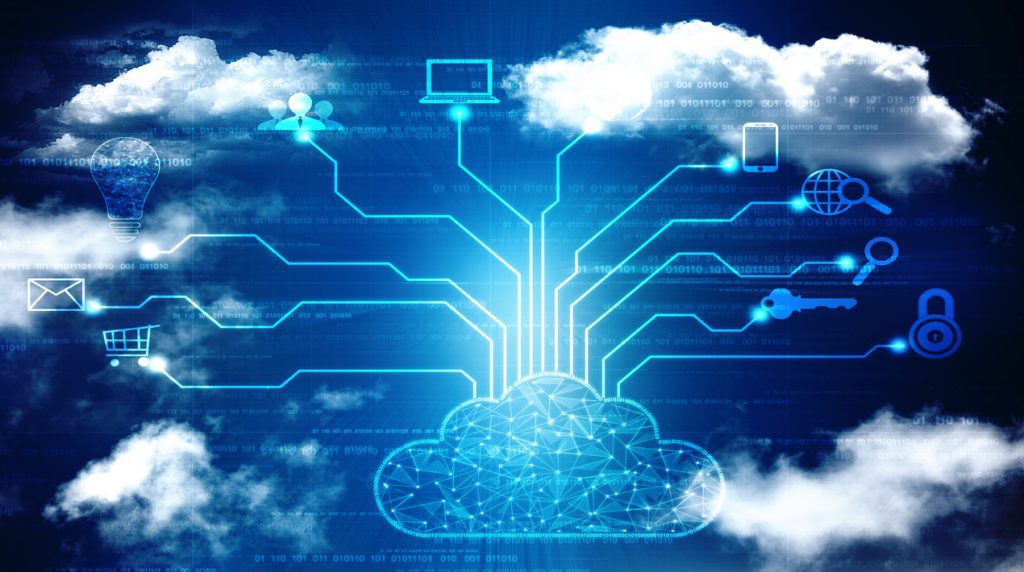
2) Microservices
Microservices, a pivotal trend in application modernization, involves decomposing monolithic applications into smaller, self-contained services. Each service handles a specific function and communicates through APIs.
This approach enhances agility by allowing independent development, scaling, and deployment of services. Microservices improve resilience, as failures are contained within services rather than affecting the entire application. This trend fosters faster innovation cycles and easier maintenance, as updates to individual services do not disrupt the entire system.
Ultimately, microservices empower organizations to adapt to changing demands swiftly, leverage modern technologies, and deliver more efficient, scalable, and responsive applications.
3) API-Centric Approach
An API-centric approach in application modernization trends emphasizes the central role of Application Programming Interfaces (APIs) in building and evolving software. APIs serve as connectors, enabling seamless integration between various components, services, and applications.
This approach prioritizes the creation of well-defined, modular APIs that facilitate interoperability and data exchange. By adopting an API-centric strategy, organizations can decouple different parts of their applications, fostering agility, scalability, and flexibility.
This step is arguably the most important in the application modernization trends.
4) Progressive Web Applications
Another common application modernization trend is building custom Progressive Web Applications (PWA). Such applications marry the best factors of web and mobile applications. They use web technologies to create app-like experiences accessible through browsers.
PWAs offer fast loading times, offline capabilities, and responsive designs, providing seamless experiences across devices. This trend emphasizes user-centricity and delivers improved engagement through features like push notifications.
PWAs are a vital aspect of application modernization, enhancing user experiences while simplifying development and deployment processes.
5) Utilization of Artificial Intelligence
Stats show that Artificial Intelligence and Machine Learning play a significant part in application modernization. With the help of these technologies, businesses can predict customer needs and perform complex tasks swiftly. Moreover, large volumes of data can also be processed rapidly by leveraging AI.
Using AI for modernizing applications is a hot trend, and more and more businesses and adopting it to expand their growth.
6) Security-First Methodology
Security is a fundamental factor of application modernization. This approach emphasizes prioritizing robust security measures throughout the entire modernization process. It involves identifying vulnerabilities in legacy systems and addressing them during migration or redevelopment, implementing encryption, authentication, and access controls.
By embedding security at the forefront, organizations ensure that modernized applications are resilient against cyber threats, safeguarding sensitive data and maintaining trust with users and stakeholders. This proactive approach minimizes risks and strengthens the overall security posture of the application landscape.
7) Server-less Computing
This transformative application modernization trend eliminates the need for developers to manage server infrastructure. In this model, developers focus solely on writing code for their applications while the cloud provider handles server provisioning, scaling, and maintenance automatically.
This streamlines the development process, reduces operational complexity, and enhances agility. Applications benefit from on-demand scalability, paying only for actual usage. Serverless computing accelerates modernization by enabling rapid development and deployment while minimizing administrative overhead.
8) Hybrid Cloud Storage
As mentioned earlier, cloud plays a key role in today’s digital era. Hybrid-cloud storage emphasizes online data security by relying on local and off-site resources. Given that data breaches can prove catastrophic for businesses dealing with sensitive data, hybrid cloud storage focuses on edge computing to enable local storage and processing of highly sensitive data.
9) Culture of DevOps
DevOps culture, a crucial aspect of modern application development, emphasizes collaboration between development and operations teams. It fosters a dynamic environment where iterative development, automated testing, and continuous integration and deployment (CI/CD) are prioritized.
Such a culture promotes seamless coordination and rapid adaptation, aligning with the trend of application modernization. By breaking down silos and streamlining processes, DevOps accelerates the implementation of modernization strategies, such as microservices, containers, and cloud adoption, enabling organizations to respond efficiently to evolving technology landscapes.
10) Optimized Digital Experience
This is an extremely significant application modernization trend that centers on enhancing user interactions. It involves employing responsive design, intuitive interfaces, and personalized features to create seamless and engaging user journeys.
By adapting applications to various devices and user preferences, businesses can offer a consistent, user-centric experience. This approach not only improves customer satisfaction but also drives greater user adoption and loyalty, ultimately contributing to business growth and success.
Benefits of Application Modernization
Following are some of the key benefits of application modernization:
- Agility and Creativity
- Enhanced User Experience
- Increased Scalability
- Budget Friendly
- Improved Security
1) Agility and Creativity
Modernizing applications empowers businesses to swiftly adapt to changing market needs and innovative trends. By embracing newer technologies and development methodologies, companies can enhance their agility in responding to customer demands.
This modernization fosters creativity as teams can experiment with fresh features and solutions, fostering a culture of innovation that drives continuous improvement.
2) Enhanced User Experience
Application modernization revitalizes the significance of user interfaces and experiences. Through improved design, responsive layouts, and intuitive navigation, users benefit from smoother interactions and increased satisfaction.
Modernized applications can leverage the latest UI/UX trends, ensuring users find the software more user-friendly and engaging, leading to higher customer retention and loyalty.
3) Increased Scalability
Modernized applications are primarily designed with scalability in mind. As businesses grow, the architecture can accommodate increased loads and user demands without compromising performance. Scalable applications ensure that performance remains consistent as the user base expands, preventing issues related to slow response times and system crashes.
4) Budget Friendly
While application modernization may involve an initial investment, it proves cost-effective in the long run. It eliminates the need to maintain outdated systems that become more expensive to support and secure. By adopting modern technologies and frameworks, businesses can reduce maintenance costs, improve efficiency, and potentially free up resources for other strategic initiatives.
5) Improved Security
Outdated applications are vulnerable to security breaches due to outdated security protocols and inadequate protection against modern threats. Modernizing applications allows for the implementation of the latest security measures, ensuring that sensitive data remains protected.
Up-to-date applications can withstand cyber threats more effectively, safeguarding both user and business data.
Get App Modernization Services from Ropstam Solutions
At Ropstam Solutions, we pride ourselves on following the latest development trends. As a software company with more than ten years of experience in the web and mobile application development domain, we follow the latest application modernization trends. If you are seeking expert guidance in this field, contact us now.

